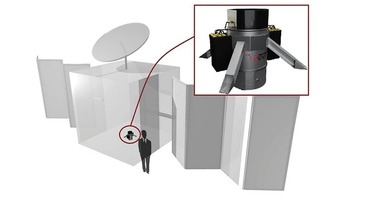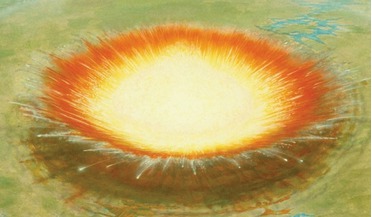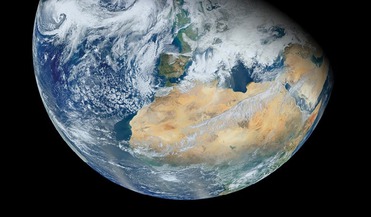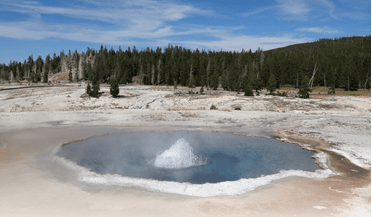 October 2015
Down to Earth: how to deorbit satellites and save money
October 2015
Down to Earth: how to deorbit satellites and save money
... not only affect LEO and large constellations of satellites, but disrupt the business-as-usual scenarios, including GEO and MEO satellites. As space gets more crowded, it is important to be able to clear occupied slots to make way for...
 February 2016
Protecting Earth from cosmic disasters
February 2016
Protecting Earth from cosmic disasters
... obtained, an assessment of the blast aftermath for the population and the environment are performed, using geo-information technology and mathematical models. This helps to implement a systemic approach to assessing the consequences of celestial...
 March 2016
Saving Earth from an Expanding Sun
March 2016
Saving Earth from an Expanding Sun
... means it is now cutting through the Sun’s magnetic field not Earth’s (except when it passes through the ‘geo-tail’ for part of one day each month). You can push and pull against that and...
 September 2016
Life in the extremes: confessions of an astrobiologist
September 2016
Life in the extremes: confessions of an astrobiologist
... that occurred during Earth’s history. On the other hand, hydrothermal vents, certain sedimentary formations and other geo-chemical environments are considered to be very likely locations for the first forms of life to have emerged. Likewise...
 April 2017
Sky-fi dawn of the space internet era
April 2017
Sky-fi dawn of the space internet era
... require less data, allowing connectivity even under narrow bandwidth conditions. A combination of platforms at different altitudes using GEO and LEO satellites, planes and cellular towers. Recently, Facebook also partnered with Paris-based Eutelsat...
 April 2017
Mega-challenges for mega-constellations
April 2017
Mega-challenges for mega-constellations
... in post mission disposal. This information is gathered from the automated analysis of surveillance data on LEO and geostationary (GEO) objects. About 114 satellites in LEO reach end of life per year. Since the beginning of the analysis...